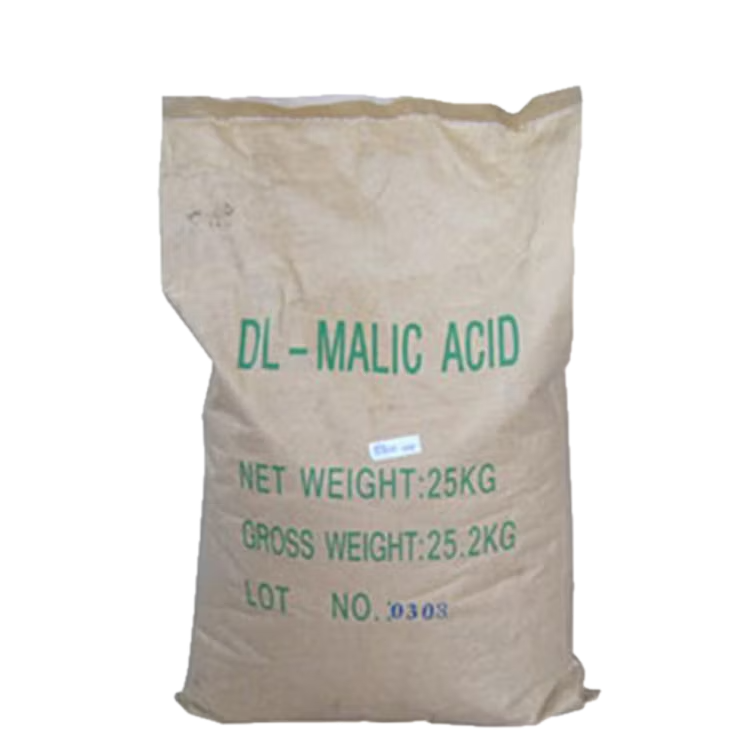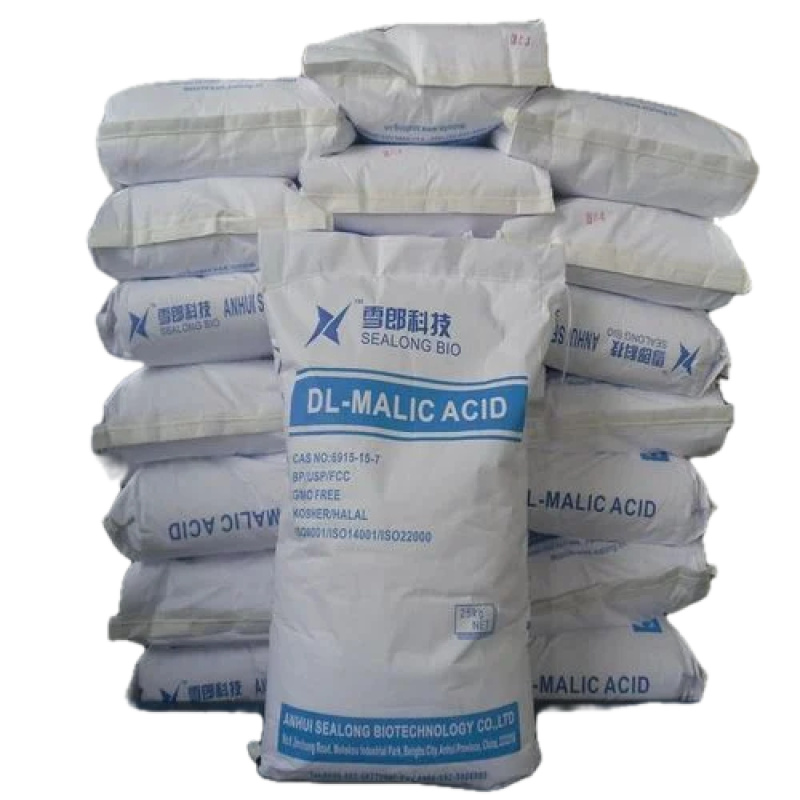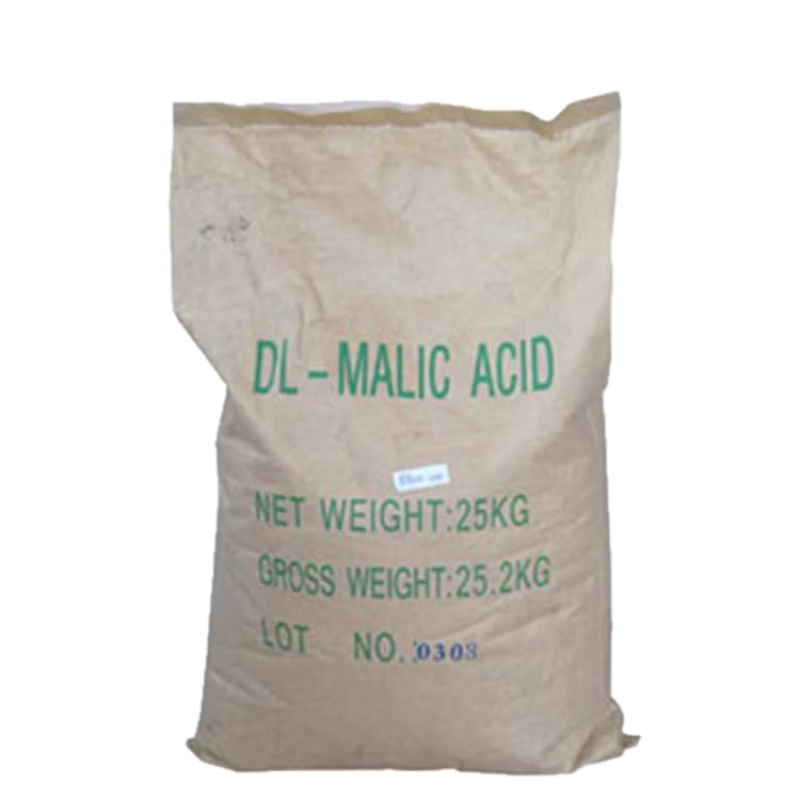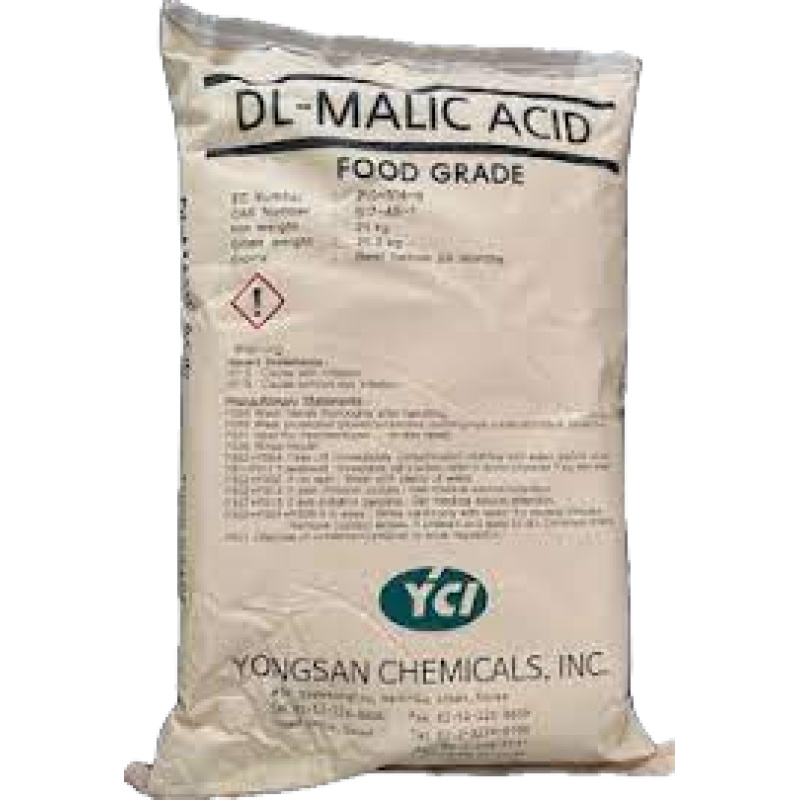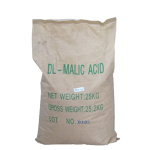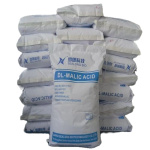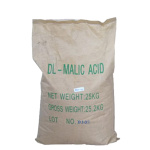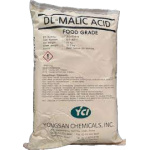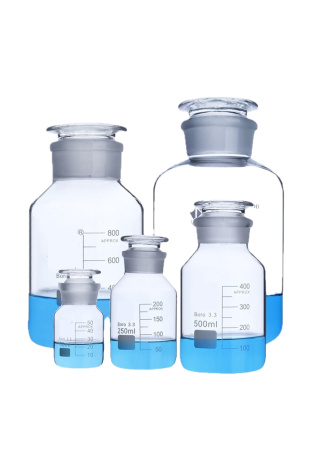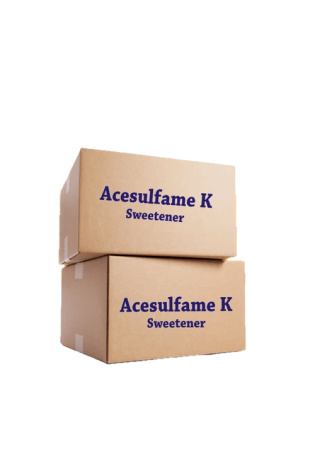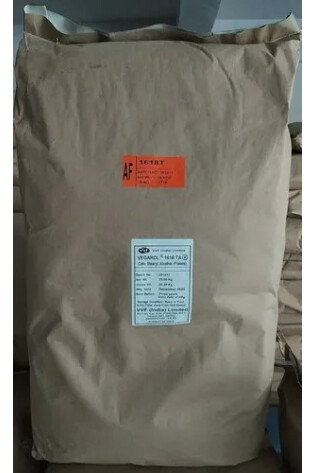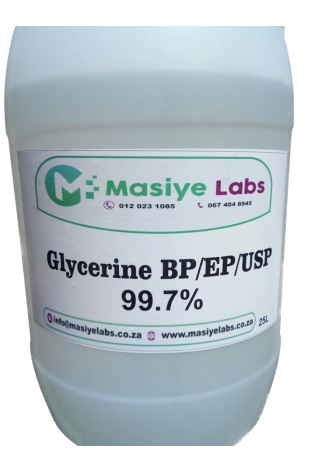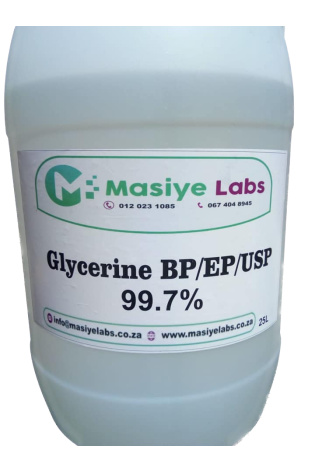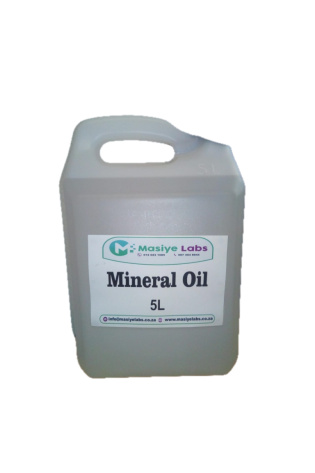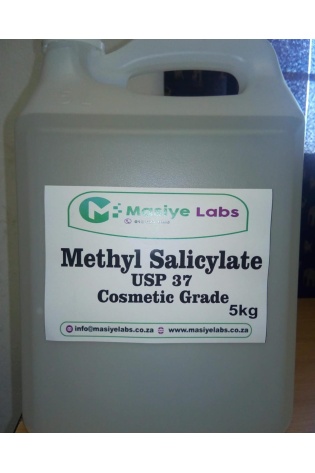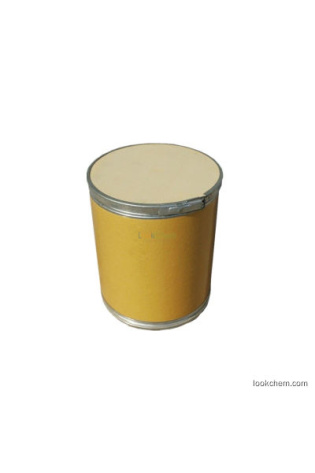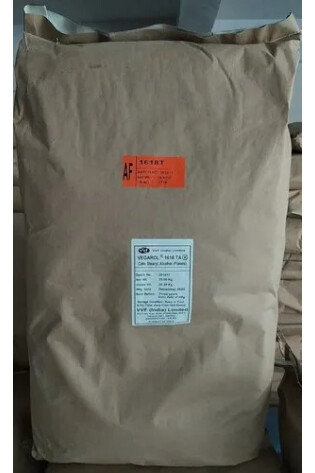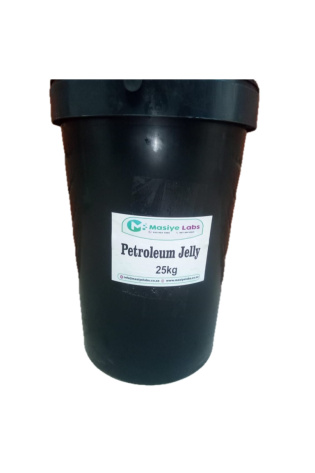Malic Acid-Food Grade
Malic acid’s commercial uses are widespread, primarily as a food and beverage acidulant, flavor enhancer, and preservative, but also in cosmetics, textile finishing, electroplating, and as a component for biodegradable polymers in biomedical applications. It is valued for its tartness, ability to mask other flavors, longer-lasting taste profile, and its pH-adjusting properties.
Malic Acid-Food Grade
Food & Beverage Industry
Acidulant: Provides tartness and enhances fruit flavors in a variety of products, including beverages (carbonated, fruit juices, teas, sports drinks), hard and soft candies, jams, and jellies.
Flavor Enhancer: Intensifies existing flavors and helps mask the aftertaste of artificial sweeteners, leading to greater economy and a more balanced taste.
Preservative: Extends the shelf life of various food items.
Cosmetics & Personal Care
pH Adjuster: Used to control pH levels in products like facial creams, cleansing foams, and other cosmetic formulations.
Skin Care: As an Alpha-Hydroxy Acid (AHA), it exfoliates, brightens, and improves the skin’s moisture-holding capacity, making it useful in anti-aging and brightening products.
Oral Care: Included in mouthwash and lozenges to help alleviate symptoms of dry mouth.
Industrial & Chemical Applications
Textile Industry: Acts as a substitute for acetic or formic acid in textile finishing, offering a non-corrosive and odorless alternative.
Electroplating: Used in plating baths to maintain pH, control the rate of metal deposition, and improve the quality of coatings.
Construction: Combined with tartaric acid, it functions as a setting retardant for gypsum cement.
Pharmaceutical & Biomedical Applications
Carriers: Its derivative, poly(l-malic acid), is a nontoxic, water-soluble polymer used as a biodegradable carrier for introducing biologically active molecules into the body.
Medical Treatment: Included as an ingredient in products used to treat conditions like isotonic dehydration, sunburn, and wounds.
Malic Acid-Food Grade
